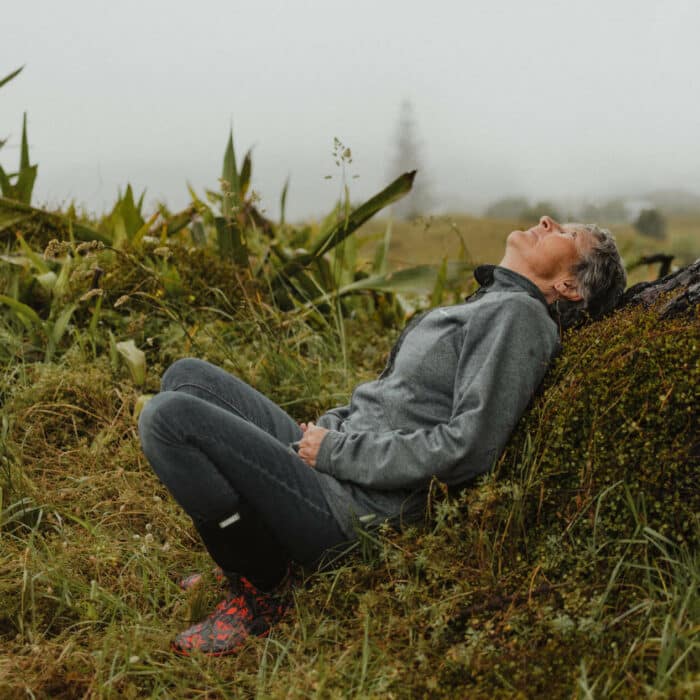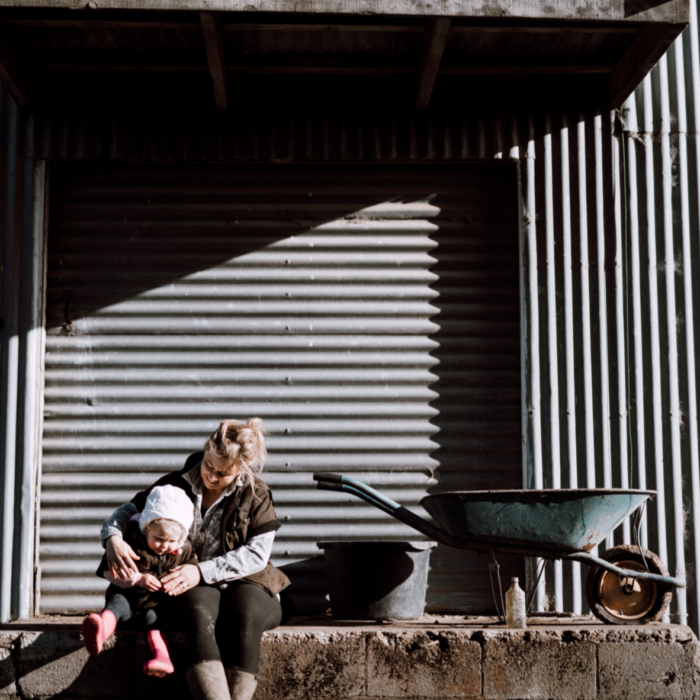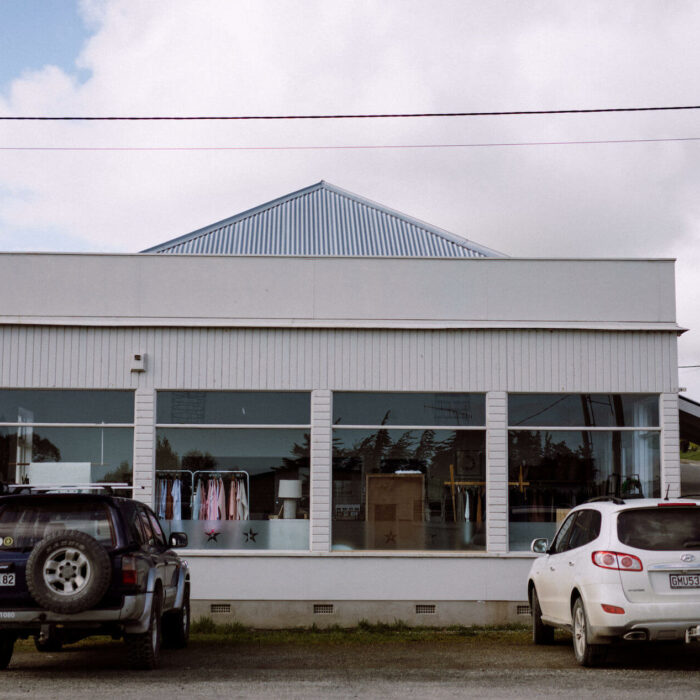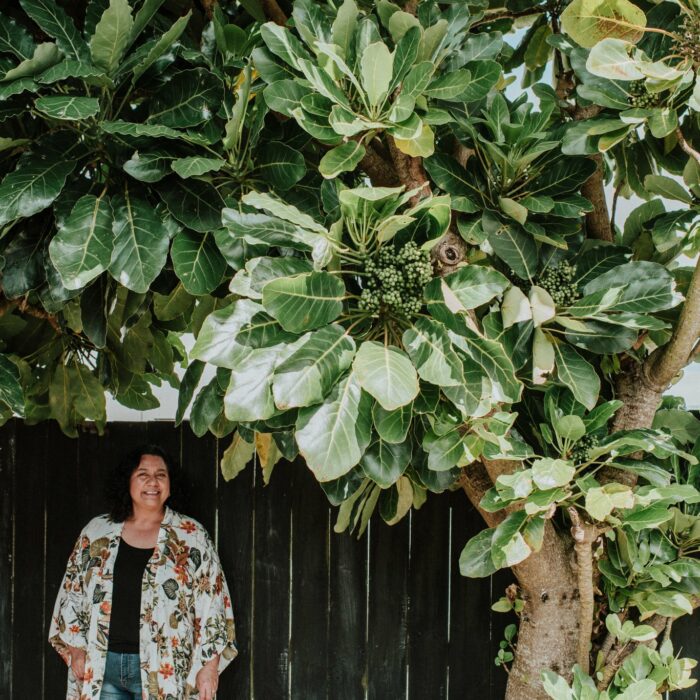
I live on a big lifestyle block in Motueka, looking after chickens and ducks and dogs and all sorts, and I’ve been really into environmental stuff from a young age. My dad’s a big driver for that – he’s into native bush, so that made me really appreciate it. Every opportunity I’ve had to do environmental work, learn about it so I can understand it more and find new solutions, I’ve taken.
In the first half of this year, when I was doing the Whenua Iti Outdoors course on environmental sciences, we walked a trapline. I put up my hand and said, “I’d really love to volunteer for this.” So, I got a volunteer job doing a trapline through Otuwhero Wetland Trust.
Basically, you have a line of traps that are set in a part of the bush where you want to get rid of pests – every fifty metres there is a stoat trap and a mouse trap. There are also possum traps along the way as well. The trapline I work runs along several different tracks. It’s not a massive one. If I’m just walking at a very chill pace then it will take me about an hour and a half, because you’ve got to factor in the stops for the traps. I go up once a month to check the traps and replace all the bait – unless they need me to fill in for someone. There’s someone else who checks it halfway through the month. If every trap was full, that would be well over fifty predators that I’d take out. I record what I get and that [data] goes onto trap.nz, where it’s recorded for Predator Free 2050.
Predator Free 2050 is a [government plan] aiming to get rid of all New Zealand’s predators – stoats, weasels, rats, mice, all that sort of thing – by 2050, which is a massive mission. There are lots of people who are working towards it, using 1080 or different ways to eradicate these pests in wide areas, because it’s near impossible to do with just traplines.
I don’t know about the whole country, but I have not heard of many people my age who do it. I can see it being a little off-putting for some people – working around traps and with dead animals. And people have busy lives, they don’t think they can fit it in. It’s generally older people who do it. There’s me, and then a twenty-five-year-old, and then it jumps to people in their fifties. The traplines around where I do it, it’s pretty user-friendly. You can go up in a group, even, take your mates up or the family up and do it. It is very easy, and there are small walks to do. Sometimes there are steep hills and you do have to have a certain level of fitness to carry traps up, but if you want to get involved there will most likely be an organisation around wherever you live that will have something for you to do and an easy way to do it.
There’s all sorts of jobs involved with making [New Zealand] predator free, because once you get an area predator free, they’ll keep coming back. Near Picton there’s a peninsula where they’ve eradicated all those animals and then they’ve put a fence up. It’s a very advanced fence, because you have to dig it right into the ground, otherwise the pests will dig under it, and the top of it has to be curved over so they can’t climb over it as well. All those things take a lot of effort, money and time. So any donations or work you can offer is an enormous help.
New Zealand’s got such unique mammals and birds that you can never find anywhere else. People are like, “We’ve got birds, they’re still here.” But even though we’re doing all this work, they’re still slowly dying out. I think people need to realise that we’ve got such unique species here that it’s important to consider what you can do to help.
Next year, I’m going to university. I’ve got a scholarship to study forestry science. Alongside that, I’m also studying environmental sciences. The path that I’m hoping will lead me along is more on the environmental side of things, trying to find environmental solutions alongside forestry. I’m hoping to get a better understanding of the whole environment.

This story is part of THREAD, a year-long project by Shepherdess made possible thanks to the Public Interest Journalism Fund through NZ On Air.
Related Stories
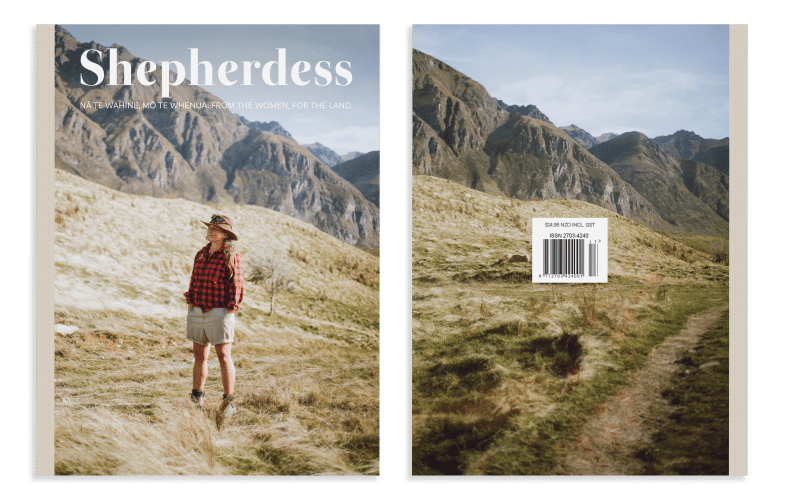
Out Now
Seventeenth Edition
Our beautiful Ngahuru Autumn 2024 Edition is out now!
